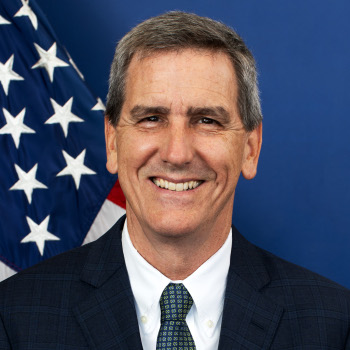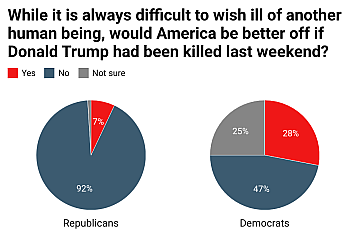Musk and Shotwell once again blast red tape against the company

The EPA to SpaceX “Nice company you got here.
Sure would be a shame if something happened to it.”
In a follow-up to SpaceX’s blunt critical response to the attacks against it by the head of the FAA, Mike Whitaker during House testimony on September 24, 2024, Elon Musk in a tweet yesterday called for Whitaker to resign.
That blast however was only the start. During a different hearing on September 24th before the Texas state house appropriations committee, Gywnne Shotwell, the CEO of SpaceX, called the actions of the EPA to regulate the launch deluge system for Starship/Superheavy “nonsense.”
“We work very closely with organizations such as the (Texas Commission on Environmental Quality),” she said. “You may have read a little bit of nonsense in the papers recently about that, but we’re working quite well with them.”
…On Tuesday, Shotwell maintained that the the system — which she said resembles “an upside down shower head” — was “licensed and permitted by TCEQ [Texas Commission on Environmental Quality] … EPA came in afterwards and didn’t like the license or the permit that we had for that and wanted to turn it into a federal permit, which we are working on right now.”
…The state agency has said the company received a stormwater permit — a type that’s usually quickly approved — but did not have the permit required for discharge of industrial wastewater produced by launches. That type of permit requires significant technical review and usually takes almost a year to approve. [emphasis mine]
The problem with this demand by both EPA and TCEQ is that SpaceX is not dumping “industrial wastewater produced by launches.” The deluge system uses potable water, essentially equivalent to rain water, and thus does zero harm to the environment. In fact, a single rainstorm would dump far more water on the tidal islands of Boca Chica that any of SpaceX’s Starship/Superheavy launches.
Thus, this demand by the EPA clearly proves the political nature of this regulatory harassment. The unelected apparatchiks in the federal bureaucracy are hunting for ways to stymie and shut down SpaceX, and they will use any regulation they can find to do so — even if that use makes no sense. And they are doing this because they support the Democratic Party wholesale, and thus are abusing their power to hurt someone (Elon Musk) who now opposes that party.

The EPA to SpaceX “Nice company you got here.
Sure would be a shame if something happened to it.”
In a follow-up to SpaceX’s blunt critical response to the attacks against it by the head of the FAA, Mike Whitaker during House testimony on September 24, 2024, Elon Musk in a tweet yesterday called for Whitaker to resign.
That blast however was only the start. During a different hearing on September 24th before the Texas state house appropriations committee, Gywnne Shotwell, the CEO of SpaceX, called the actions of the EPA to regulate the launch deluge system for Starship/Superheavy “nonsense.”
“We work very closely with organizations such as the (Texas Commission on Environmental Quality),” she said. “You may have read a little bit of nonsense in the papers recently about that, but we’re working quite well with them.”
…On Tuesday, Shotwell maintained that the the system — which she said resembles “an upside down shower head” — was “licensed and permitted by TCEQ [Texas Commission on Environmental Quality] … EPA came in afterwards and didn’t like the license or the permit that we had for that and wanted to turn it into a federal permit, which we are working on right now.”
…The state agency has said the company received a stormwater permit — a type that’s usually quickly approved — but did not have the permit required for discharge of industrial wastewater produced by launches. That type of permit requires significant technical review and usually takes almost a year to approve. [emphasis mine]
The problem with this demand by both EPA and TCEQ is that SpaceX is not dumping “industrial wastewater produced by launches.” The deluge system uses potable water, essentially equivalent to rain water, and thus does zero harm to the environment. In fact, a single rainstorm would dump far more water on the tidal islands of Boca Chica that any of SpaceX’s Starship/Superheavy launches.
Thus, this demand by the EPA clearly proves the political nature of this regulatory harassment. The unelected apparatchiks in the federal bureaucracy are hunting for ways to stymie and shut down SpaceX, and they will use any regulation they can find to do so — even if that use makes no sense. And they are doing this because they support the Democratic Party wholesale, and thus are abusing their power to hurt someone (Elon Musk) who now opposes that party.










